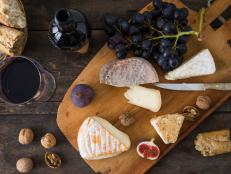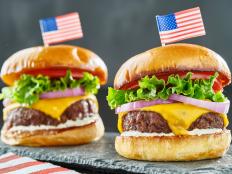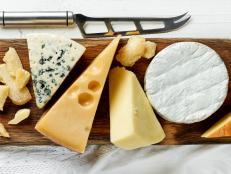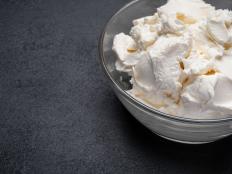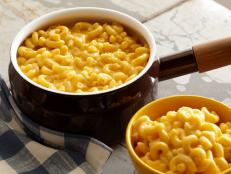Shopping for Low-Sodium Foods

About 1 in 3 adults have high blood pressure. A good step to take for improving or preventing high blood pressure is to cut back on eating salt -- especially from the biggest culprit: processed foods. These days many food manufacturer's offer "low sodium" or "no salt added" options, but labels can be confusing. Here are some tips to keep in mind.
The Recommendations
There are some foods that are just high in sodium, period. Bacon, bouillon cubes, mustard, olives, pickles, sausages and smoked fish are just a few of the more popular ones. Salt is used as a flavor enhancer and as a preservative to lengthen the food's shelf life and decrease bacterial growth. According to the Dietary Guidelines for Americans, we should only get 2,300 milligrams of sodium a day maximum -- that’s about as much as 1 teaspoon of table salt. For folks diagnosed with high blood pressure, the daily sodium limit goes down 1,500 milligrams (around two-thirds of a teaspoon of salt). That's not a lot!
Reading the Nutrition Facts
Reading the label can get tricky. Don't fall for the oldest trick in the book (or on the package in this case). If an item says “reduced sodium” (a.k.a. “lower sodium”), it means that the item contains at least 25% less sodium than a “regular” version, but it could still have some heavy doses of salt in it. It's best to read the Nutrition Facts panel and look at the total milligrams. A food or drink typically is “low sodium” if it contains 140 milligrams of sodium or less per serving -- that’s what you should be looking for.
Breads, Crackers, Hot and Cold Cereals
Check the labels on these types of products to make sure they meet the “low sodium” criteria (remember: 140 milligrams or less). Here are a few brand names that make the cut, although there are many more out there:
Fruits and Veggies
When it comes to produce, it's the canned veggies that top the high-sodium hit list. Fresh fruits and veggies are always your safest bet, but we know canned is convenient. If you turn to pre-packaged, here are some ones we like:
- Del Monte’s “No Salt Added” veggies
- Many Trader Joe’s brand veggies, including organic green beans and organic peas
Dairy, Especially Cheese
You may be more worried about the high fat content, but sodium is another biggie in cheese. Here are a few companies that sell low-sodium versions:
- Some Organic Valley cheese varieties such as Mild Cheddar
- Some Horizon cheese varieties including Organic American Singles
Canned Legumes and Fish
Again, with canned foods, you need to be on the lookout for high sodium contents. Salt is key to preserving canned foods like beans and tuna. Lower sodium choices might be:
- Starkist Low-Sodium Tuna
- Eden Organic -- all varieties of beans
- Westbrae Natural Organic -- all bean varieties
Snacks
They don't call them "salty snacks" for nothing. Check out your favorite packaged, crunchy snacks -- pretzels, baked chips, nuts. whatever. Their sodium content might shock you. And the more you munch, the more salt you get. Here are some better choices (notice that they’re all “unsalted”):
Just Ask!
Some stores have created a low-sodium list of all their foods to make your life easier. Your local grocer may have their own list, and if not, suggest that they do it!

























